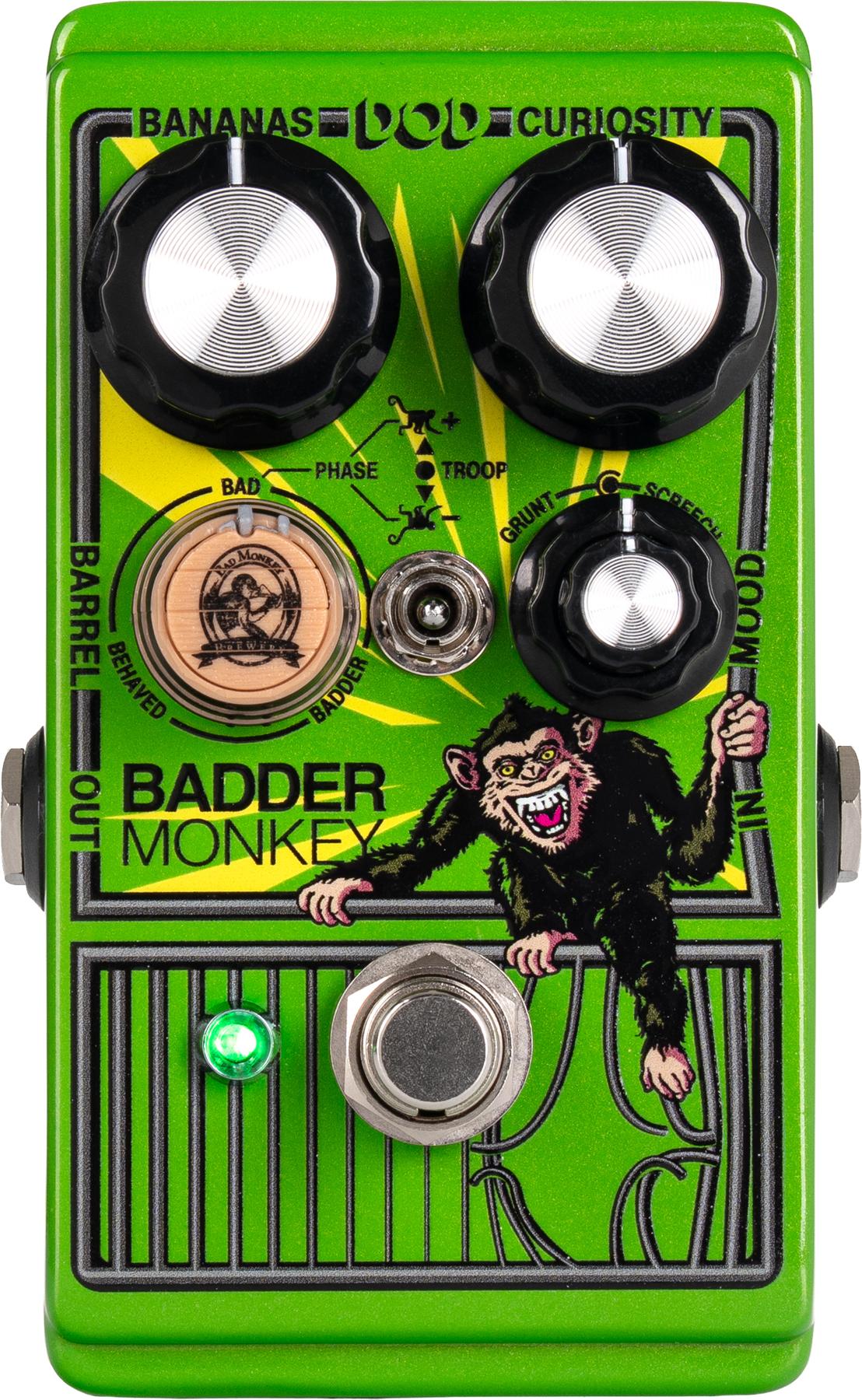20 years in the making, this trek features solo performances by Mayer, leaning heavily on his acoustic guitar work with special performances on piano and electric guitar, in arenas throughout the U.S. and Canada. Produced by Live Nation, the tour kicks off Saturday, March 11th, in Newark, New Jersey, at the Prudential Center and will run through Friday, April 14th, in Los Angeles at the iconic Kia Forum. Tickets go on sale starting Friday, February 3rd, at 9 AM local time at Johnmayer.com. A full listing of tour dates can be found below.
The 2023 tour will feature rare, full acoustic sets from John Mayer performing these songs, and many more. Singer-songwriters Lizzy McAlpine, Alec Benjamin, and a special guest to be announced at a later time will open these concerts. Presales start Wednesday, February 1, at 9 AM local time and run through Thursday, February 2, at 10 PM. Fans can sign up to access presale tickets via seated now at Johnmayer.com.
A limited number of VIP packages will be available including premium tickets, exclusive merchandise, and more! Two pairs of front-row tickets will be auctioned off for each show on the tour through charityauctionstoday.com. All proceeds from the ticket auctions will go to the Back To You Fund, which has supported many charities, including John’s Heart & Armor Foundation, as well as programs supporting at-risk youth and the homeless.
SPRING 2023 TOUR DATES
- Saturday, March 11 Newark, NJ Prudential Center
- Monday, March 13 Boston, MA TD Garden
- Wednesday, March 15 New York, NY Madison Square Garden
- Saturday, March 18 Pittsburgh, PA PPG Paints Arena
- Monday, March 20 Toronto, ON Scotiabank Arena
- Wednesday, March 22 Detroit, MI Little Caesars Arena
- Friday, March 24 Nashville, TN Bridgestone Arena
- Saturday, March 25 Cleveland, OH Rocket Mortgage FieldHouse
- Monday, March 27 Atlanta, GA State Farm Arena
- Wednesday, March 29 St. Louis, MO Enterprise Center
- Friday, March 31 Chicago, IL United Center
- Saturday, April 1 St. Paul, MN Xcel Energy Center
- Monday, April 3 Denver, CO Ball Arena
- Wednesday, April 5 Phoenix, AZ Footprint Center
- Thursday, April 6 Palm Desert, CA Acrisure Arena
- Saturday, April 8 Sacramento, CA Golden 1 Center
- Monday, April 10 Vancouver, BC Rogers Arena
- Tuesday, April 11 Seattle, WA Climate Pledge Arena
- Friday, April 14 Los Angeles, CA Kia Forum
Check Johnmayer.com for full tour and ticketing information.












![Rig Rundown: Russian Circles’ Mike Sullivan [2025]](https://www.premierguitar.com/media-library/youtube.jpg?id=62303631&width=1245&height=700&quality=70&coordinates=0%2C0%2C0%2C0)









